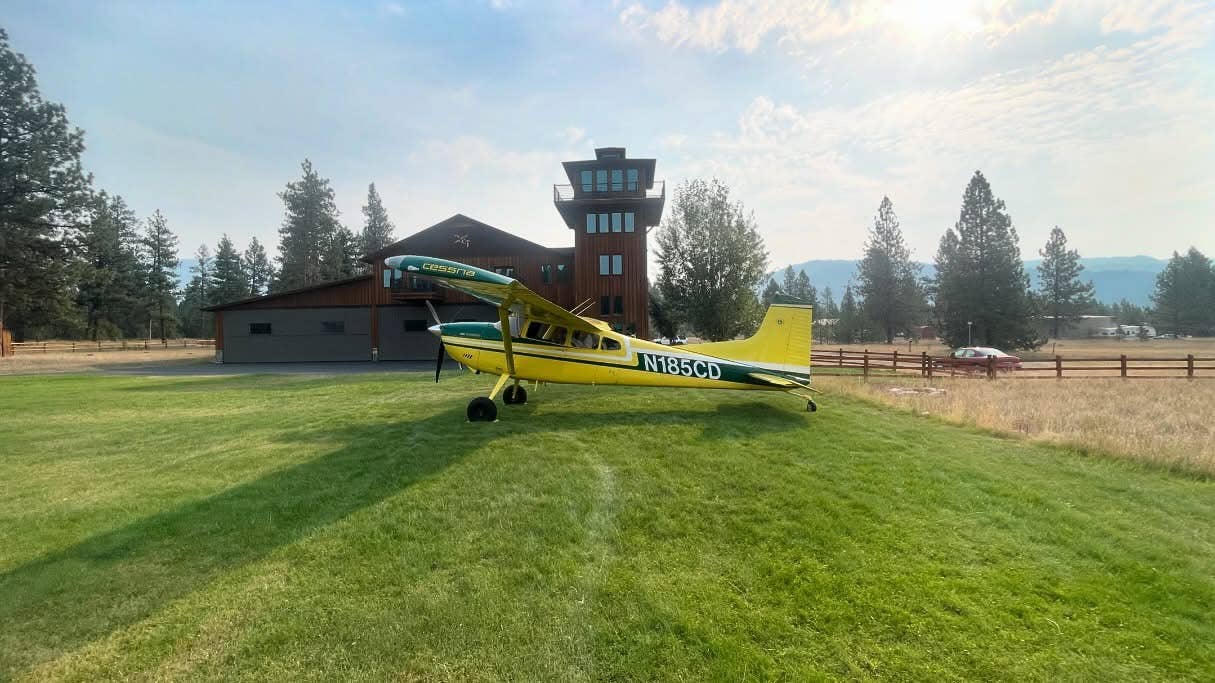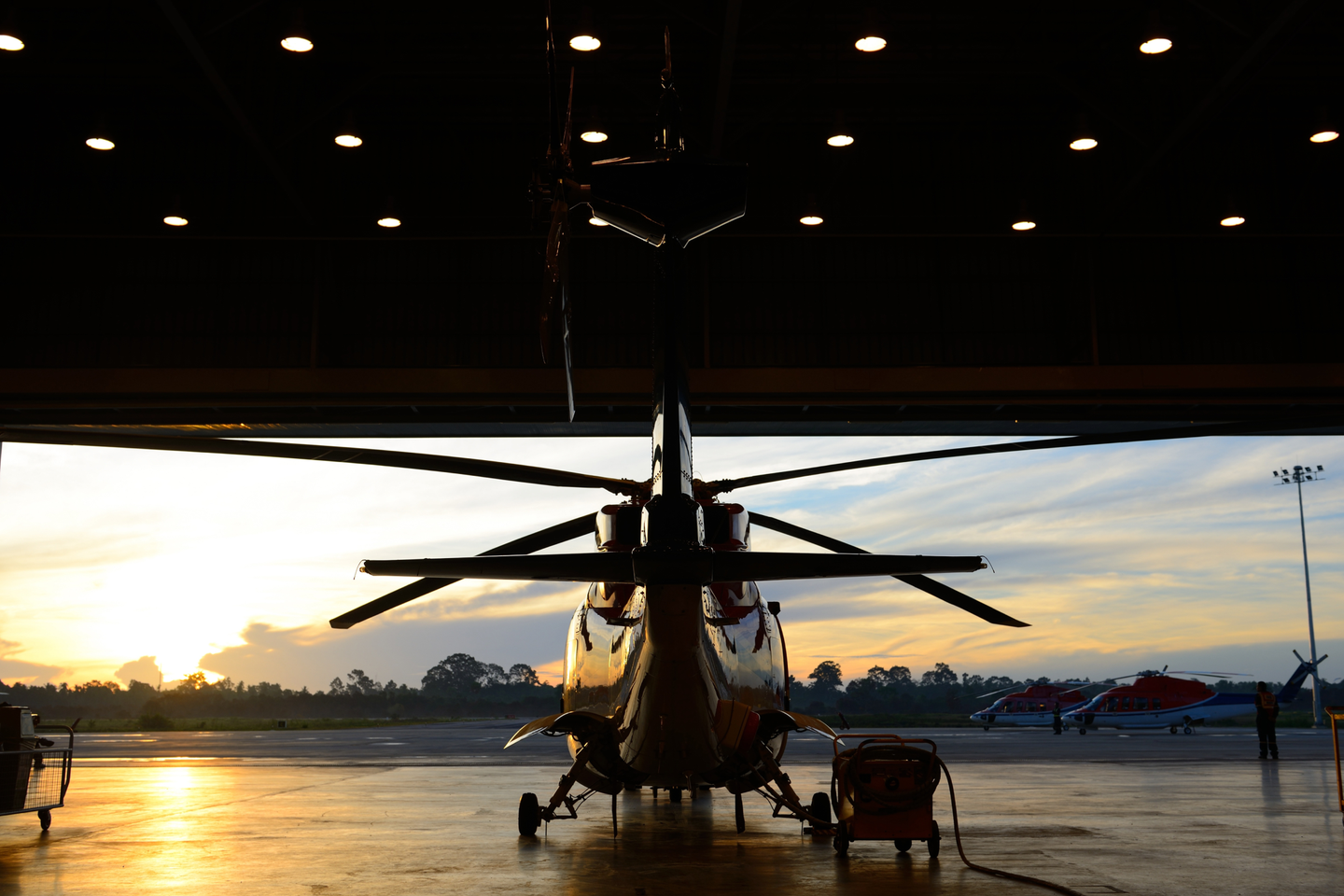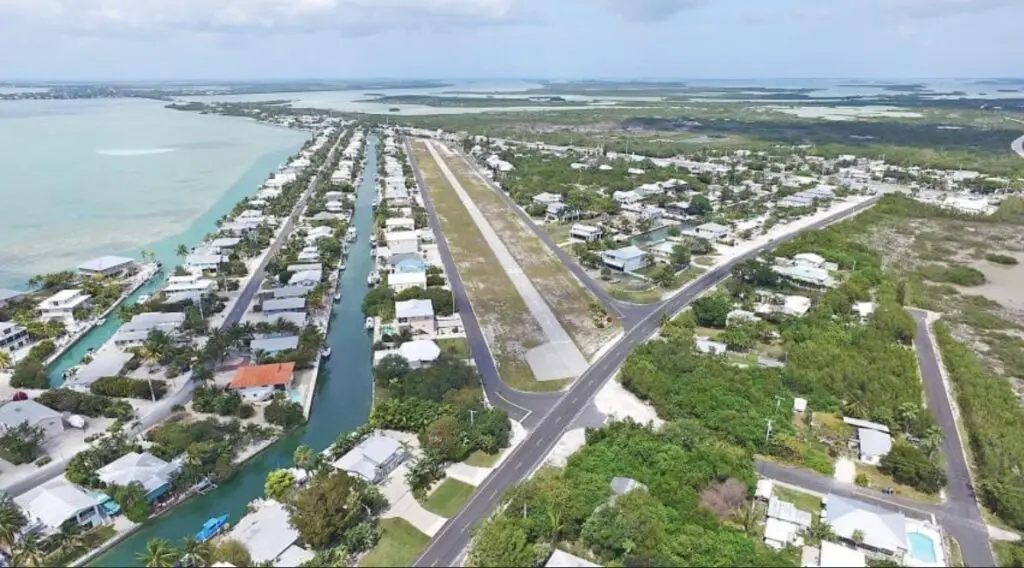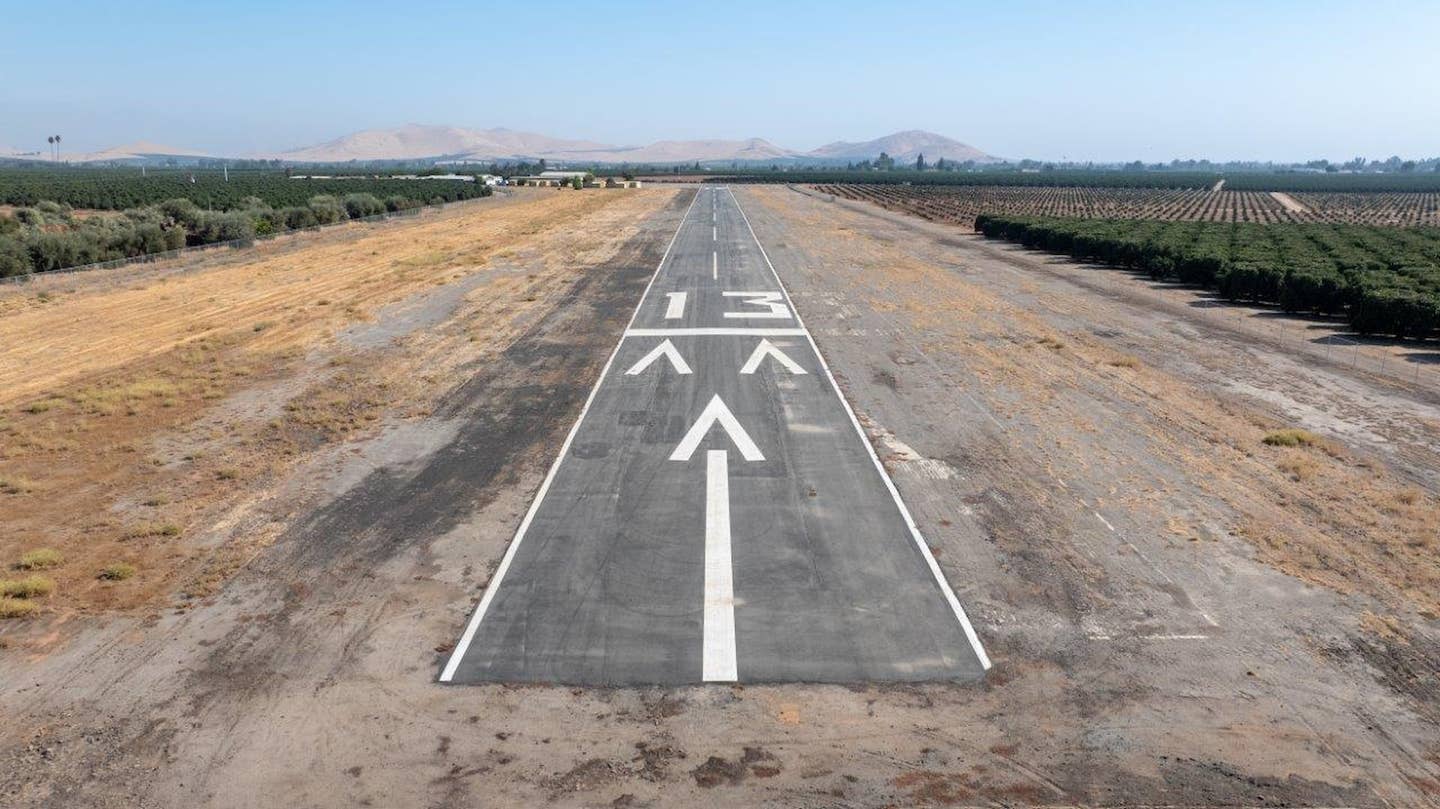Wendover Airfield Museum a Treasure Trove of History
The unique site has roots that go back to the birth of the atomic age.
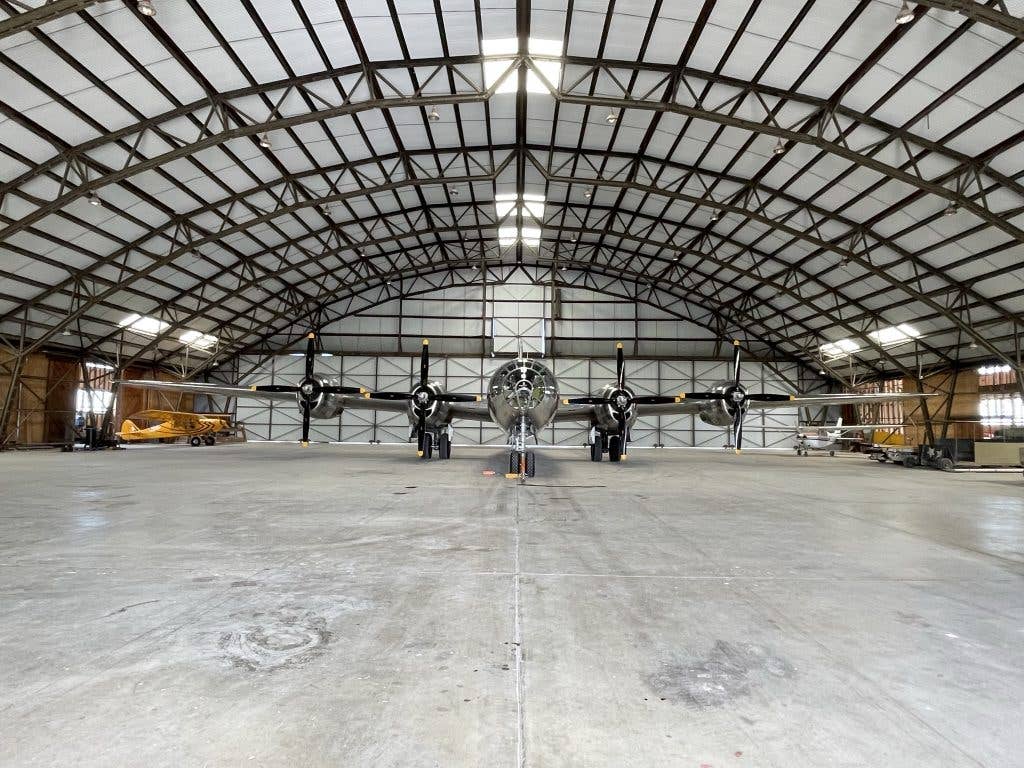
Doc, one of just two airworthy B-29s left in the world, sits in the ‘Enola Gay Hangar’ at Historic Wendover Airfield. [Courtesy: Historic Wendover Airfield]
Remembering who and what has enabled our freedom throughout the years certainly is not a bygone effort within the aviation industry. With a litany of restoration focused entities, one is hard pressed to not be routinely exposed to airplanes that celebrate their own famed past and overall importance to American democracy.
These military aircraft, which are woven into our country’s DNA, dazzle and delight us at museums, airshows, fly-ins, and other places. Even with the emphasis on these aircraft, their capabilities, and their stories, there has historically been less attention on where these birds once roosted.
The Historic Wendover Airfield Museum (KENV) in Utah exists to help share, as well as preserve physical assets that are deeply rooted in one of America’s most trying times. James Petersen, the museum’s founder and president, provided an overview of the airfield’s extensive history.
“This is the largest and most original remaining World War II Army Air Force training base in the country,” Petersen said. “We have just under 90 of the original 668 buildings still standing. This is the only airfield that was part of the Manhattan Project. A total of 150 prototype atomic bombs (none with nuclear material) were assembled and tested from this base. The 509th Composite group trained here. The conventional training resulted in 20 [Boeing] B-17 [Flying Fortress] and [Consolidated] B-24 [Liberator] bomb groups being trained here [for] the USAAF [U.S. Army Air Forces] phase II training.”
This and other aspects ultimately led to the museum's published contention that, “The importance of this site to our national history is not surpassed by any other airfield in the country.” And it is this historical importance that both inspires the airfield volunteers and benefactors, as well as provides lift to the museum in its efforts toward educating aviation- and non-aviation enthusiasts alike about its past.
The Museum’s ‘Mona Lisa’
The airfield’s original buildings are naturally points of emphasis on daily tours. Some of the highlights visited during those guided airfield circuits are a squadron maintenance hangar, restored fire station, Norden Bombsight building, B-29 hangar, and the atomic bomb loading bay. Among others, a few additional noteworthy untouched, restored, or in restoration buildings onsite are the control tower, airman’s dining hall, barracks, squadron operations buildings, munitions bunkers, hospital buildings, and bombsight storage vault.
The labor of love to get these buildings up to the stage that they are at now and show them to the general public has been nothing short of impressive. To this end, Petersen advised what it has taken to bring the B-29 hangar back to its former glory, which arguably is the museum’s Mona Lisa.
“There is, of course, a much bigger story than just a few words. However, about $1.5 million has been spent at this point. Projects have been to remove asbestos from the boilers, roof, and big hangar doors. The building has been sheathed in new corrugated metal to replicate the original. The side offices have been straightened and stabilized with new shear walls. All the windows have been replicated as original and replaced. The hangar doors have been removed, bent metal replaced, and refurbished. New restrooms are just about complete.”
Even with all the work that has already occurred, there are still quite a few items left to finish on the 54,000-square-foot hangar, Petersen added. “However, the complete electrical service, interior wiring, and lighting needs to be done. Insulation, sprinkler system, interior wall finishes, minor interior concrete repair, and refurbishing the offices and lower-level maintenance shops needs to be started and completed. Outside, some concrete ramps need replacing, the parking area graded and paved, and visitor walkways and amenities need to be completed. The estimated cost (at the new construction rates) is estimated at around $2.5 million. The hangar, however, is in use at this time.”
Rare Visitors
While the airfield itself doesn’t presently host as many aircraft on a full-time basis as other museums across the country, Wendover does occasionally get a visitor that helps to further bring together past and present. An example of this is B-29 Doc, which stopped by on a recent tour of the Western United States.
During its time at the museum, the four-engined bomber was able to spend an evening where another well-known Boeing-made Superfortress was once housed. During its stop at Wendover, Doc was the first B-29 in the Enola Gay Hangar since the 1950s and it was the first time in more than two decades that a B-29 flew in. (FIFI visited in 2001.)
As one experiences flying aboard World War II-era aircraft, like Doc and others, there is something to be said about the intersection of learning about a topic and being where that subject once was. The setting at the museum allows for that, Landon Wilkey, the museum’s curator, helped to explain.
“Flying into Wendover is interesting enough as one wonders what all of the hangars, structures, and assorted sites around the area are. Once a pilot departs with a better understanding of our story, they will realize they are seeing a sight not so far removed from what the bomber pilots and crews of the 1940s were seeing as they flew intensive training missions day after day in preparation for combat.”
He continued, “By visiting Historic Wendover Airfield, you literally have a chance to ‘walk where they walked.’ This is a place to connect with those intrepid flyers of World War II and important events in aviation history.
The museum’s leadership expects that the emphasis on preserving historical aviation real estate will draw in pilots from near and far, both those choosing KENV as a final destination or a stopover.
Wilkey emphasized, “The museum is a good ‘cross country’ stop. Pilots can easily access the museum buildings, once exiting the ramp. There are five casinos which offer a variety of restaurants and gaming opportunities. We are also adjacent to the world-famous Bonneville Salt Flats which can be viewed from the air or via a short trip just outside of town.”

Sign-up for newsletters & special offers!
Get the latest FLYING stories & special offers delivered directly to your inbox



